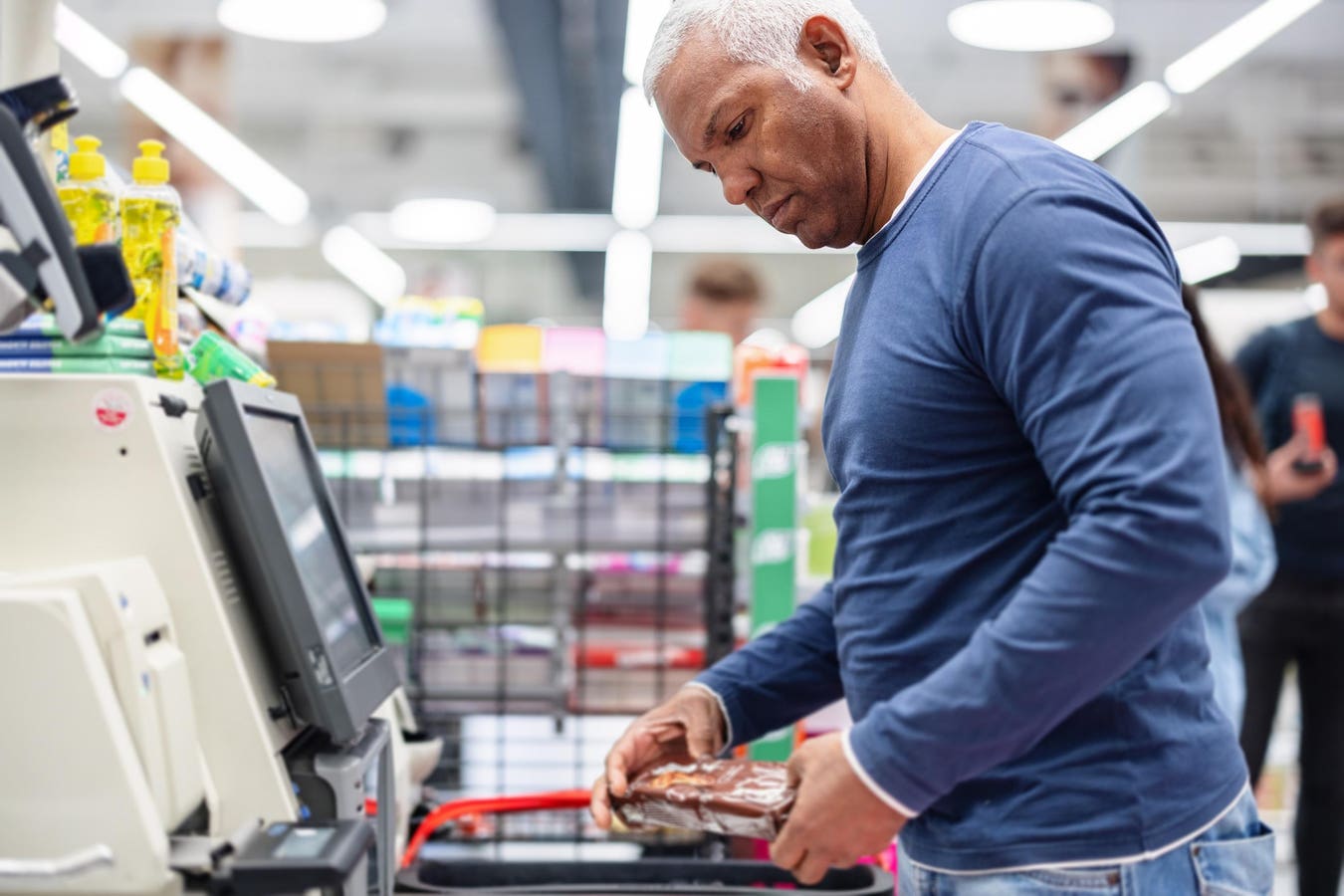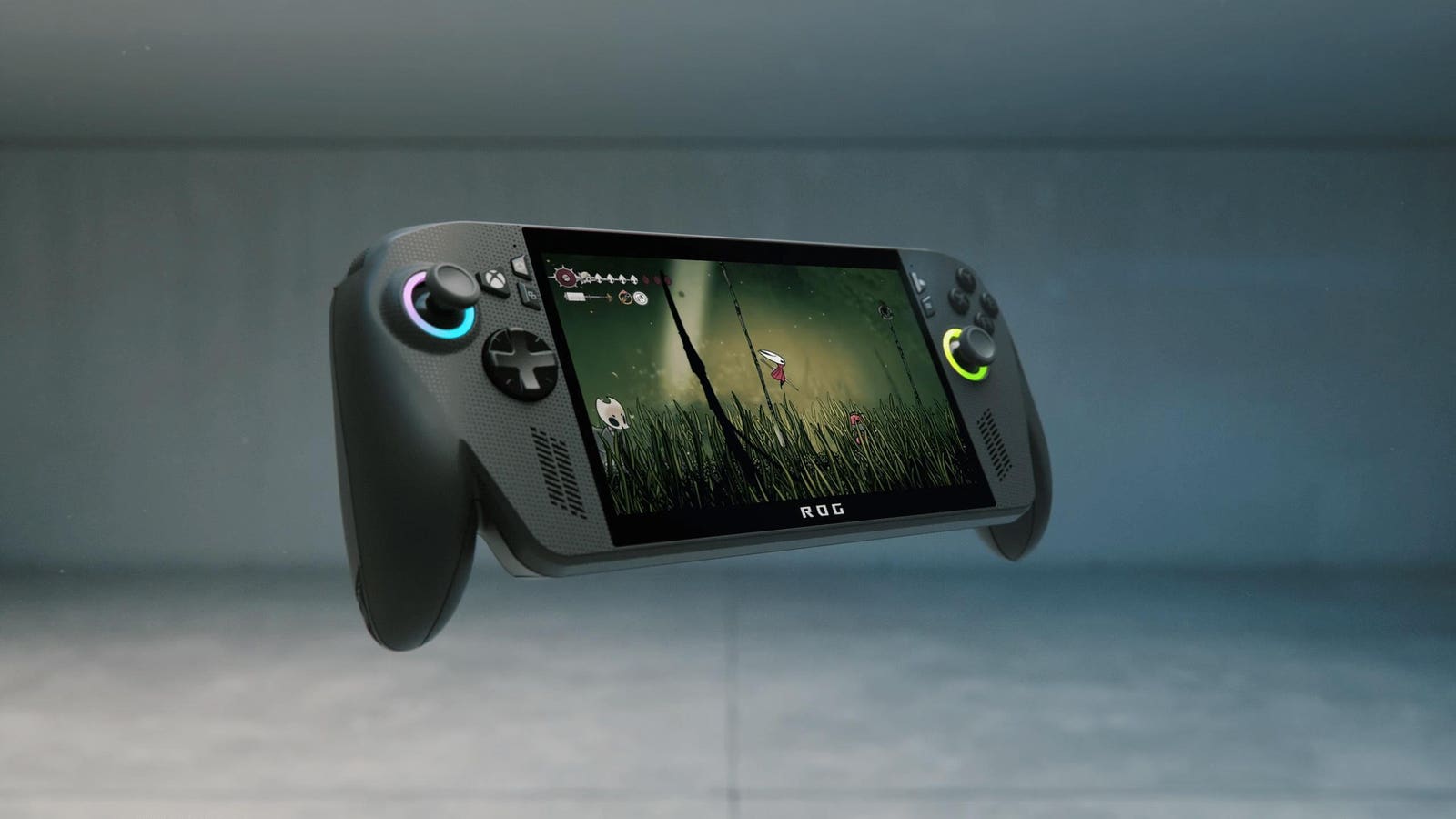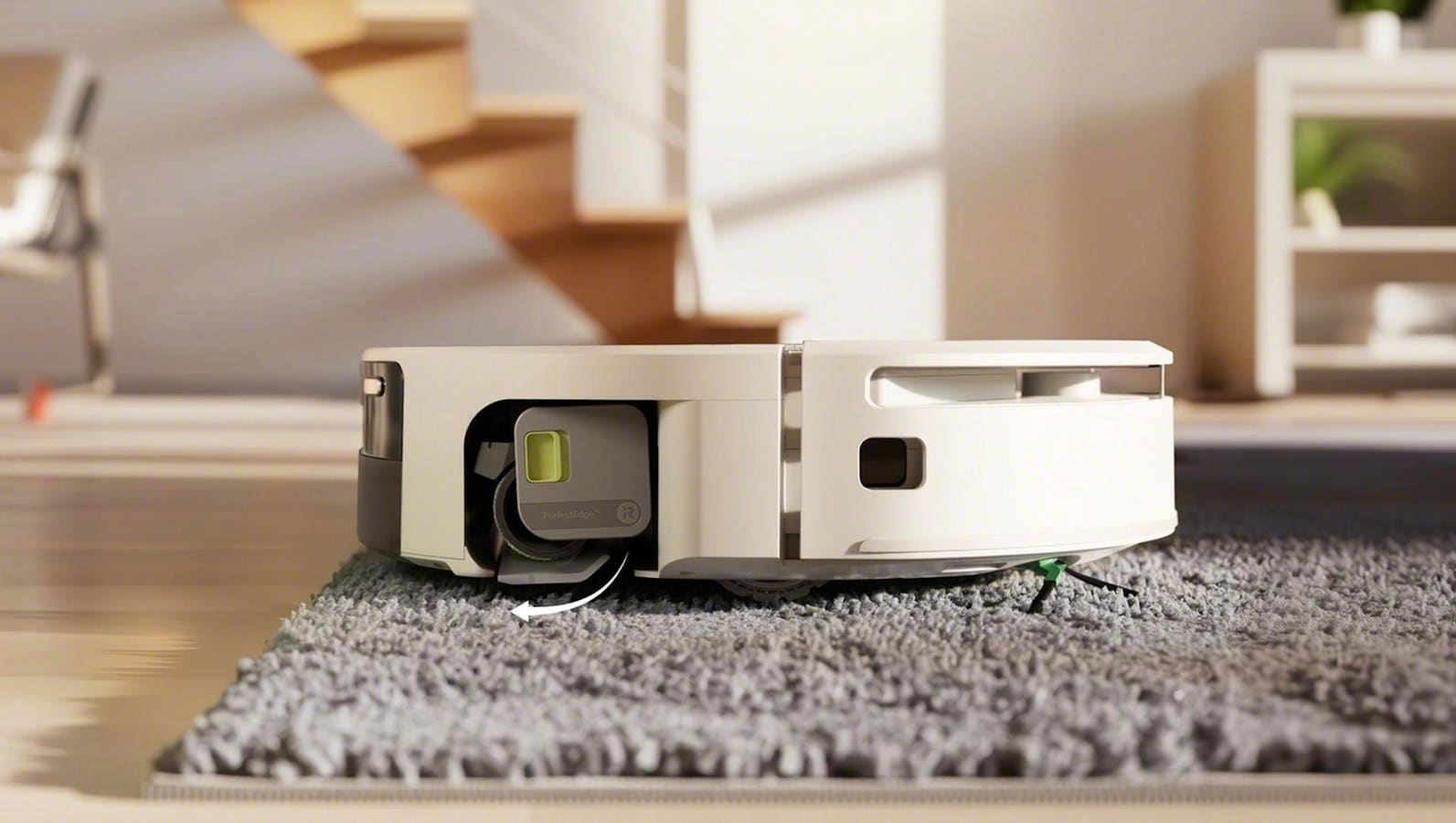Shivaprakash Nagaraj AVP – Head of Product Engineering –Digit7 Infovision Inc.
When I first started working with autonomous checkout solutions, I knew we were onto something game-changing. Retail has always been about efficiency and convenience, but AI-powered checkout technology is taking this to an entirely new level. My team and I have been deeply involved in developing and deploying these solutions, allowing us to witness firsthand how automation is reshaping customer experiences and store operations.
From solving integration challenges to refining real-time inventory tracking, we’ve learned that innovation isn’t just about new technology—it’s about making seamless, scalable and future-ready solutions for retailers. And at the core of this transformation lies a loosely coupled architecture design philosophy that allows retailers to adapt, evolve and integrate new technologies effortlessly.
Why Retail Needs Autonomous Checkout
Retailers are constantly facing pressure—rising labor costs, theft concerns and the growing demand for seamless shopping experiences. Over the years, I’ve seen three key trends pushing automation forward:
• Rise Of Autonomous Shopping: Customers expect self-service options that reduce wait times and eliminate checkout hassles.
• Data-Driven Decisions: AI-powered insights are helping retailers predict demand, reduce stockouts and optimize layouts.
• Accurate Inventory Management: Advanced weight sensors and shelf cameras prevent shrinkage and misclassification, ensuring real-time tracking.
Inside The Autonomous Store Architecture
Building a fully autonomous checkout store isn’t just about removing cashiers—it’s about creating a system where every product movement is tracked in real time. Let’s break down the key components that make this possible.
• Tracking Sensors: We use AI-driven sensors to analyze customer movement and product interactions, helping retailers optimize store layouts based on foot traffic patterns.
• Weight Sensors: Installed on shelves, these detect when an item is picked up or returned, ensuring precise stock updates and billing accuracy.
• Shelf Cameras: These prevent product misclassification and enhance security by using image recognition to monitor shelf activity.
One of the biggest challenges I’ve encountered is integrating these technologies into existing store infrastructures without major disruptions. A loosely coupled architecture can help you tackle this problem by keeping systems modular, so updates and new features can be deployed without costly overhauls.
Lessons From Real-World Deployments
Through our journey, we’ve helped retailers transition from traditional stores to frictionless, AI-powered shopping environments. Here are a few insights I’ve gained along the way.
• The Biggest Integration Challenge: One challenge we often face is syncing AI-powered inventory tracking with traditional POS systems. One solution is a hybrid model that allows gradual adoption without disrupting current operations.
• Advice For Retailers Adopting Autonomous Checkout: Start small—pilot in high-traffic zones before rolling out full automation. This allows you to test, optimize and refine based on real-time insights.
• Biggest Surprise In This Journey: When we first started, we assumed customers might be hesitant about a completely cashier-less experience. The reality? We found that adoption rates skyrocketed because of the seamless experience and faster checkout process.
Why Loosely Coupled Architecture Is A Game Changer
The biggest advantage of this approach is flexibility. Retail is evolving fast, and technology should evolve with it. A loosely coupled design ensures:
• Scalability: Need to add new AI-powered cameras? No problem. The system can integrate upgrades without downtime.
• Customizability: Every retailer has unique needs. A loosely coupled architecture allows tailored AI models for different store formats.
• Rapid Market Deployment: Test, tweak and deploy without disrupting operations, which is a must for retailers navigating shifting customer expectations.
Final Thoughts
Autonomous checkout isn’t just a futuristic concept—it’s happening right now. As retailers, embracing AI-powered solutions isn’t just about keeping up with trends; it’s about staying ahead.
If you’re considering adopting autonomous checkout, now is the time to start. The future of retail is here—are you ready?
Forbes Technology Council is an invitation-only community for world-class CIOs, CTOs and technology executives. Do I qualify?







